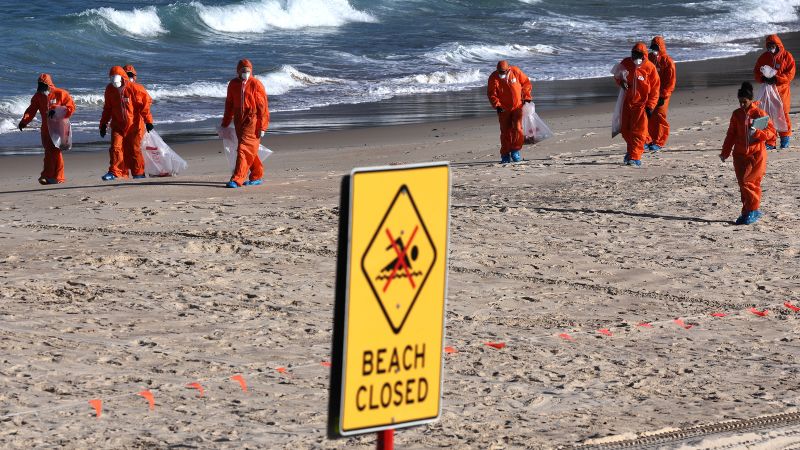
Welcome to My Time Machine - Niall Ferguson's Time Machine
In addition to my regular columns for the Free Press and journalism elsewhere, I intend to publish here all the writing and talking I do that belongs under the heading of applied history.
Applied history is a term I first began to use nearly ten years ago to distinguish my work from a great deal of what passes for history nowadays. I do not claim to have originated it. The first use of “applied history” of which I am aware was as the title of an obscure Iowa journal in 1912. And I have been only one of several scholars—including Graham Allison at Harvard and the founders of the new Journal of Applied History—who have sought to promote the idea more recently.
Put simply, the point of applied history is to illuminate contemporary problems with past experience derived from serious study. But the fun of applied history is quite simply time travel itself.
When I was a boy, there was only one superhero I revered, and that was Doctor Who, the Time Lord. The heroes of the American Marvel comics were creatures of implausible muscularity in gawdy body stockings. But the Doctor used only his powerful brain (and his sonic screwdriver) to overcome his adversaries. Endearingly, he also dressed like a rather eccentric Oxford don. More importantly, thanks to the Tardis—a marvelous spaceship disguised to look like one of the old police telephone boxes that used to exist in England—Doctor Who had the power to travel through time as well as space. This superpower always fascinated me in a way that the abilities to make giant spiderwebs or morph into an enraged green giant did not. I now realize this early fascination with time travel was one of the reasons I became an historian. For the only way to travel backwards through time—and, I would say, also forwards—is to immerse oneself in the study of the past. (A Ukrainian friend likes to say that one achieves a similar result by drinking wine—the older the vintage, the further back one goes. The two methods are compatible.)






















